Baiyun Mountain
Baiyun Mountain, located in Baiyun District of Guangzhou City, Guangdong Province, is one of the famous mountains in South Guangdong Province. It has been called "the first show of Yangcheng" since ancient times. The mountain is quite broad, consisting of more than 30 peaks, which is the nine highest mountain in Guangdong. The area is 20.98 square kilometers, and the main peak is 382 meters high.
Baiyun Mountain is the first national AAAAA class scenic spot in Guangzhou scenic spot industry. It is also the only scenic spot in Guangzhou with two honors, namely, national civilization scenic spot and national AAAAA class scenic spot.
Baiyun Mountain has a strong cultural deposit, the earliest can be traced back to the north of the mountain Huangpodong Neolithic prehistoric cultural sites. At the end of Qin Dynasty, Gao Shi lived in the Baiyun Mountain to collect medicine for the world, and was "immortal" in Baiyun Mountain.
Ge Hong, an alchemist in the Jin Dynasty, once wrote a Taoist masterpiece of Bao Pu Zi in the alchemy of Baiyun Mountain.
Jingtai Zen Master came here to build a temple in Nanliang. It was the earliest temple in Baiyun Mountain. It also left a scene of Jingtai monks returning. It was one of the eight old sceneries in Yangcheng.
After the Tang and Song Dynasties, literati such as Du Shenyan, Li Qunyu, Su Shi, and Han Yu began to recite poems on the mountain. Their poems and prose embody emotion in things and become valuable historical and spiritual wealth in Lingnan.
In the eight scenes of Yangcheng in Ming and Qing Dynasties, Baiyun Mountain accounted for three: "Po Jian Lian Quan, Jingtai monk Gui Gui, Baiyun late Wang". At the end of the Qing Dynasty, there were Baiyun Temple, Shuangxi Temple, Neng Ren Temple, Maitreya Temple and other ancient temples, as well as Baishan Celestial Hall, Pearl, Hundred Flowers Cemetery and other historic sites.
Chinese modern revolutionary resistance and Sino Japanese war have also left footprints here.
In October 1938, when the Japanese invaded and Guangzhou was occupied, the cultural relics, historic sites and hills and trees of Baiyun Mountain were all destroyed.
To the liberation, only the "first peak of the south of heaven" memorial archway and some of the ruins of the temple.
After liberation, the Guangzhou Municipal People's Government organized the masses, planted trees, built 10 reservoirs, opened up highways to link the north and the south, built mountain parks, villas and Shuangxi hostels, and reproduced the lush and vigorous landscape of Baiyun Mountain.
After liberation, it was under the jurisdiction of the Forestry Department of Zhongshan University.
In 1958, with the approval of the Guangzhou Municipal People's Government, Guangzhou Baiyun Mountain Construction Management Office was established (called the management room inside), under the jurisdiction of the Guangzhou Garden Bureau.
After 1958, the Peak Park and Beishan Park were opened, pavilions, terraces and pavilions were built, and hotels such as Villas, Shuangxi Villa and Songtao Villa were built. The scenic spots of Huangpodong Reservoir, Mingzhuloulou Reservoir, Dajinzhong Reservoir, Luhu Park, Guangzhou Stele Forest, Yuntai Garden and Mingquanju Resort have been developed.
After the construction of all previous Guangzhou municipal governments, the Baiyun Mountain Scenic Area Administration has been set up.
In the early stage of socialist construction, the older generation of revolutionaries Zhu De, Dong Biwu, Guo Moruo left inscriptions. Premier Zhou Enlai, Vice Premier Chen Yi and others had been known as the "Diaoyutai South" Baiyun Mountain Resort hostel for state affairs activities.
In the 1960s and 1980s, Baiyun Mountain was rated as one of the eight new scenic spots in Yangcheng with the scenic spots of "Baiyun Songtao" and "Yunshan Jinxiu" respectively.
In 1986 2 months, a 1672 metre climbing cable car was built.
In October 1989, at the peak of Ming Chun Valley, China built the largest natural birdcage, with an area of 12 thousand and 500 square meters.
In 1992, the Guangzhou Municipal People's government invested in the newly built Guangzhou stele forest and opened to the public in 1994.
On January 22, 1996, the Guangzhou Baiyunshan Scenic Spot Administration Bureau was established with the approval of the Guangzhou Municipal Organizational Preparation Committee. It is managed by the Guikou Municipal Administration Bureau and the Municipal Garden Bureau.
In 2001, Guangzhou Municipal Organs Reform, Guangzhou Municipal Organizational Formulation Committee once again made it clear that the Guangzhou Baiyun Mountain Scenic Area Administration Bureau is a municipal sub-bureau-level institution, managed by the Municipal Garden Bureau, responsible for the management and administrative law enforcement of Baiyun Mountain Scenic Area. There are seven functional offices in the organs of the Administration, namely, the office of Mountains and Forests, the Planning and Construction Department, the Tourism Department, the Planning and Finance Department, the Security Department, the Ministry of Armed Forces (Joint Office), the Political Department (Discipline Inspection Commission Office, Supervision Office and Joint Office).
In May 1996, Guangzhou Planning Bureau organized and compiled the "Guangzhou Baiyun Mountain Scenic Spot Master Plan", which passed the examination of Guangdong Provincial People's Government in February 2006 and was approved by the State Council in October 2009.
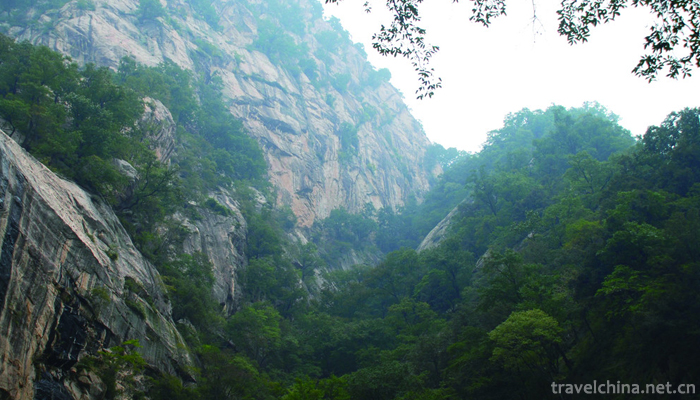
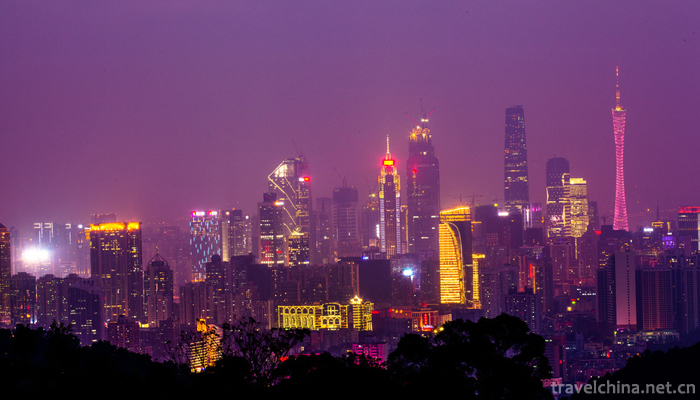
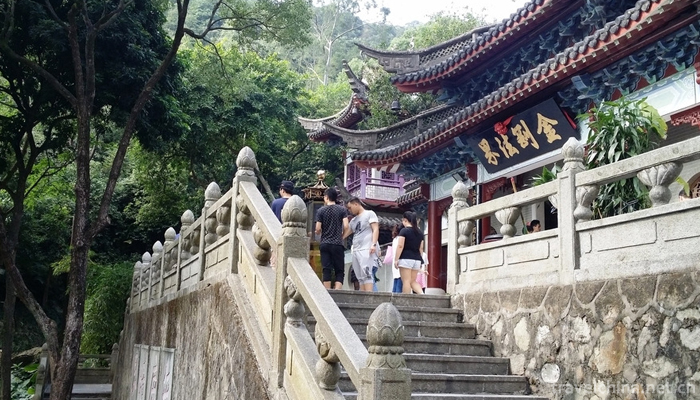

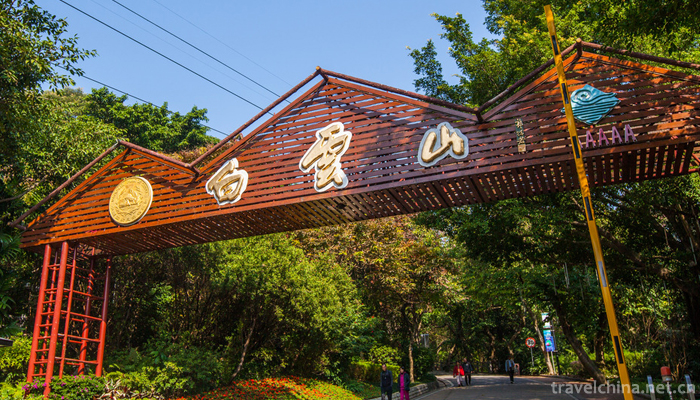
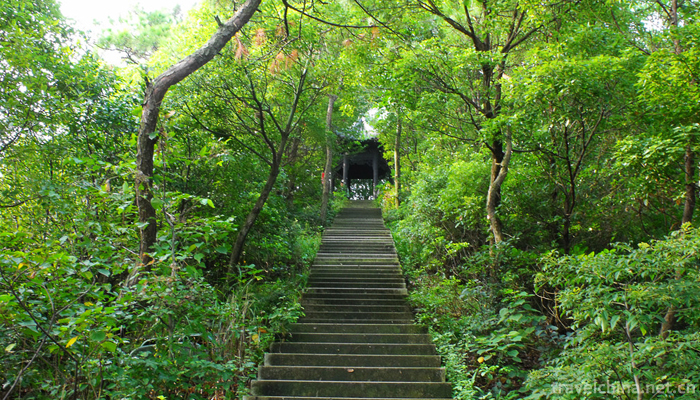
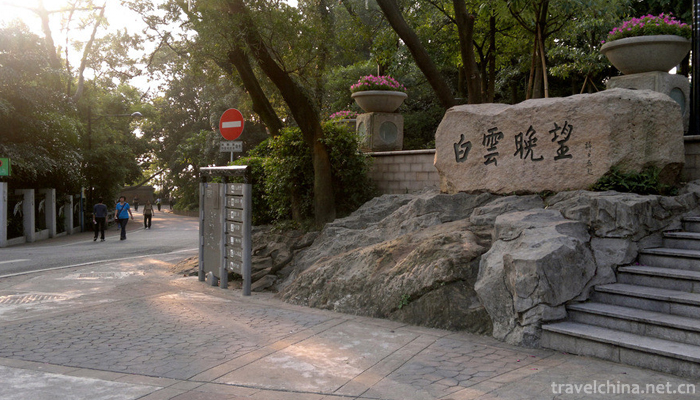
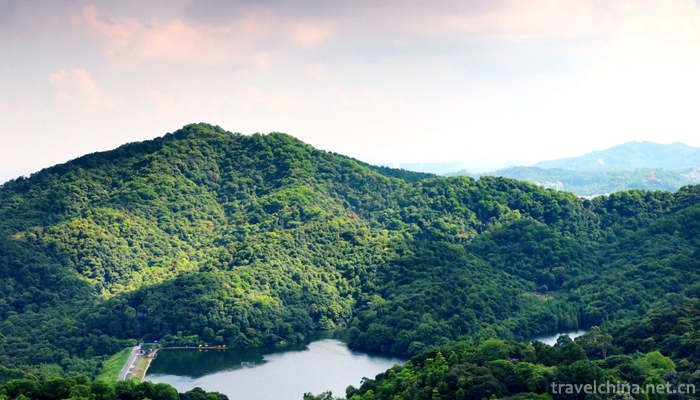
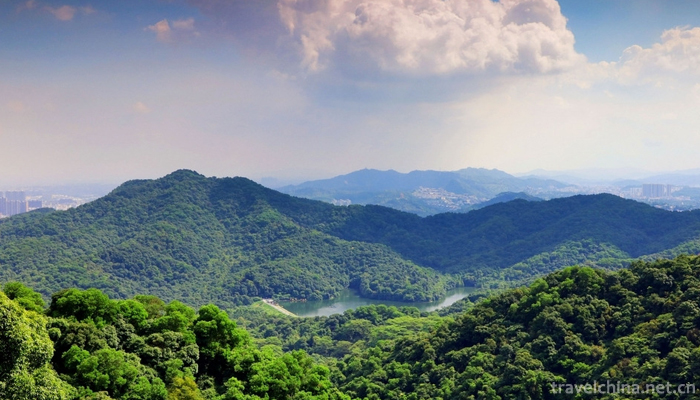
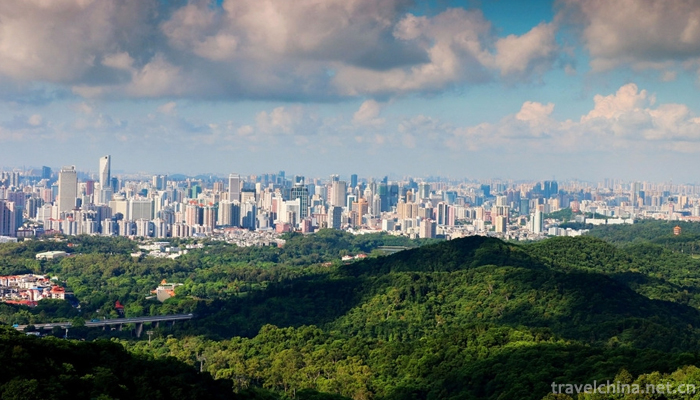
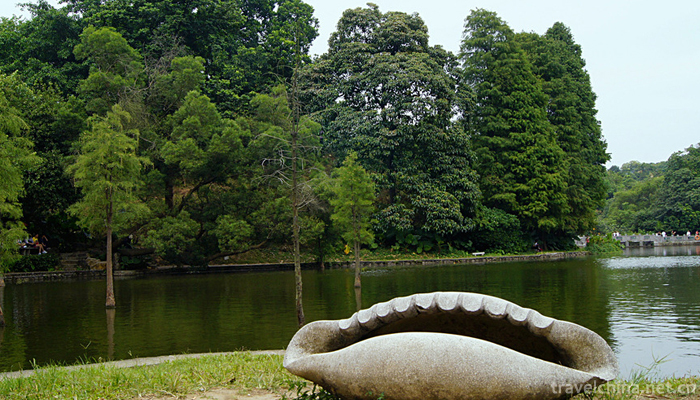

-
2.Shangyao National Forest Park
Shangyao National Forest Park, located in the northeast of Huainan City, Anhui Province, has more than 30 hills and mountains with a total area of 10.4 square kilometers and a forest coverage rate
Time 2018-12-19 -
3.The Forging Skill of Achang Husha Knife
Achang household knife forging technology, Yunnan Dehong Dai Jingpo Autonomous Prefecture Longchuan County household Sa Township traditional handicraft, one of the national intangible cultural heritag
Time 2019-03-28 -
4.Duodi dances
Multi-place dance, Tibetan folk dance, is a unique way for Tibetan people to dance and sing. It mainly distributes in three areas of Zhouqu County, Gansu Province
Time 2019-04-28 -
5.Kazakh medicine
Since the pre-Qin Dynasty, the Kazakh people have multiplied and lived in the vast grasslands and some agricultural areas in Northwest China. They have accumulated rich medical experience in productio
Time 2019-05-02 -
6.Haizi Opera
Hezi Opera is one of the traditional operas in Anhui Province. It was named after the pronunciation of the word "sea". It is popular in some areas of Anhui and Henan
Time 2019-05-03 -
7.Qianjiang Folk Songs
Qianjiang folk song is a traditional folk song in Hubei Province. Popular in Qianjiang City, folk songs created by local working people in their work, life and customs. Its rich content,
Time 2019-06-10 -
8.Wenshui Tiaozi
Wenshui Biaozi is an ancient and unique traditional folk music art spread in Wenshui County, Shanxi Province. It is named for its special copper cymbals commonly known as "Biaozi" in perform
Time 2019-06-29 -
9.Xinyang Folk Songs
Xinyang Folk Song is the traditional folk music of Xinyang City. Xinyang City, known as the hometown of song and dance in Henan Province, has a rich stock of traditional folk music, dance and other tr
Time 2019-07-06 -
10.Cave Building Techniques
Cave dwelling is an ancient dwelling form of residents on the Loess Plateau in Northwest China. The history of cave dwelling can be traced back to more than 4,000 years ago. The Chinese people creativ
Time 2019-07-11 -
11.North China Electric Power University
North China Electric Power University is a national key university directly under the Ministry of Education. It is a key construction University of "211 Project" and "985 Project Advant
Time 2019-09-22 -
12.Anqing Normal University
Anqing Normal University (Anqing Normal University), abbreviation of Anqing Normal University (AQNU), is located at National historical and cultural city Anhui Province Anqing City It is directly subo
Time 2019-11-07